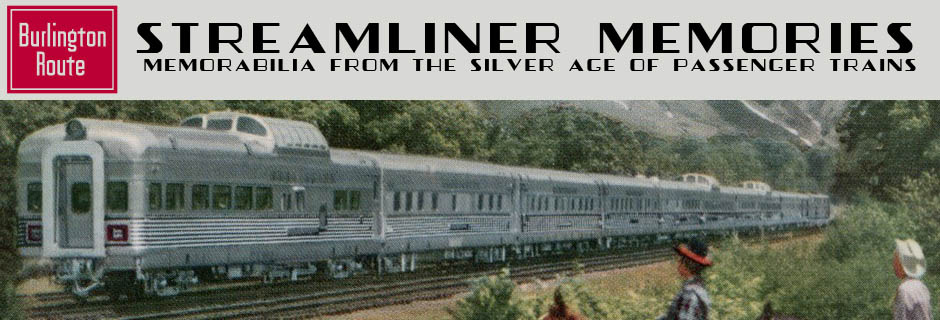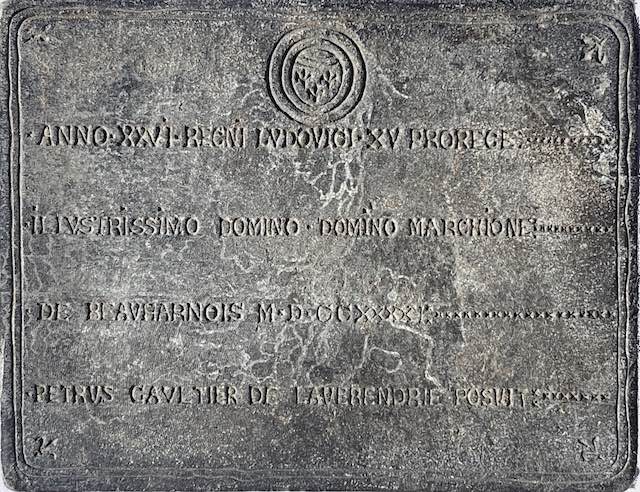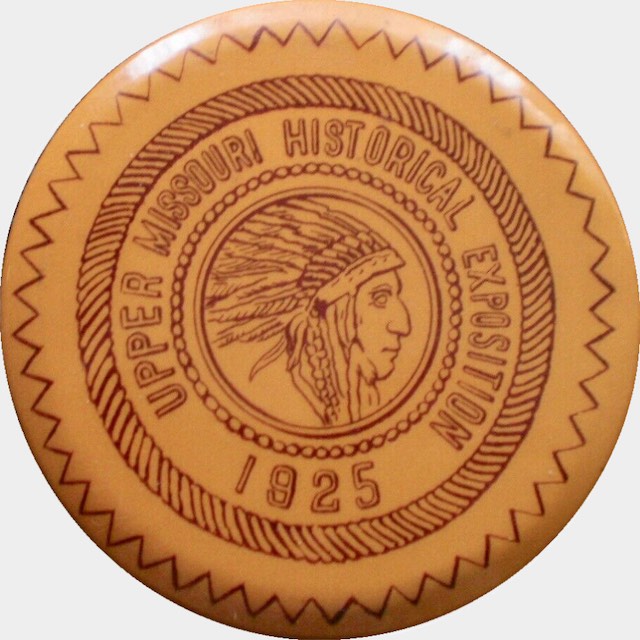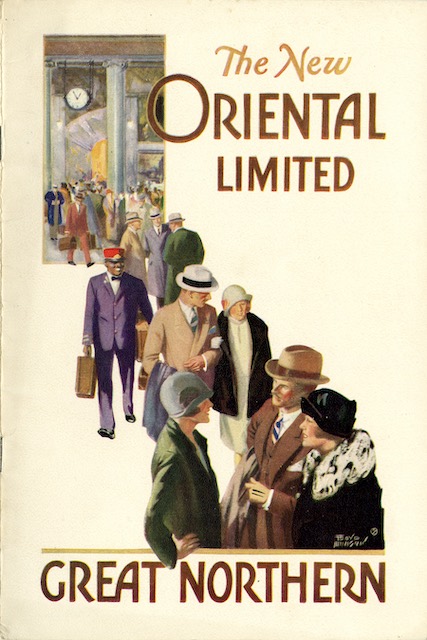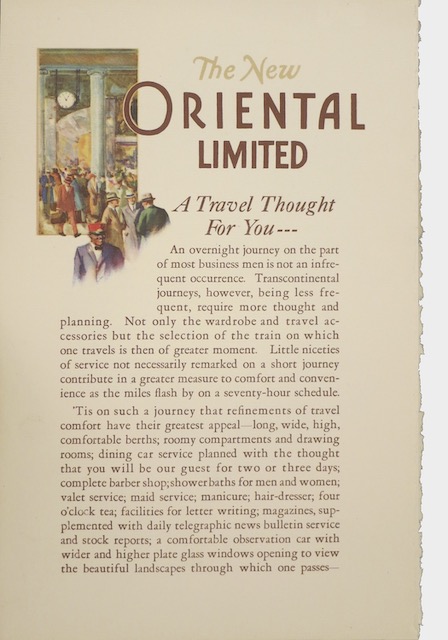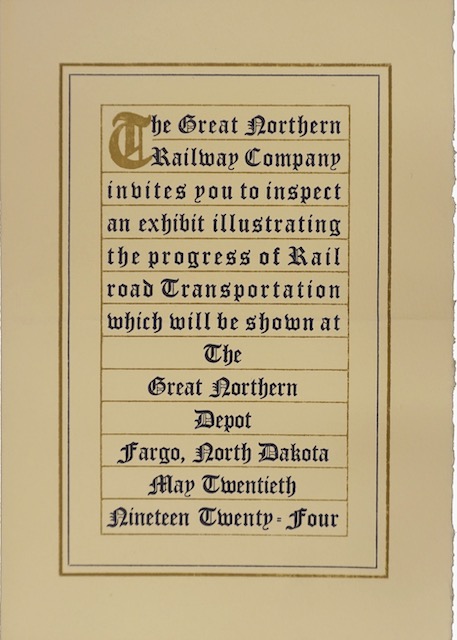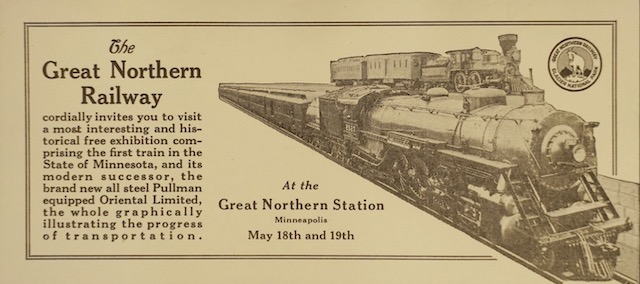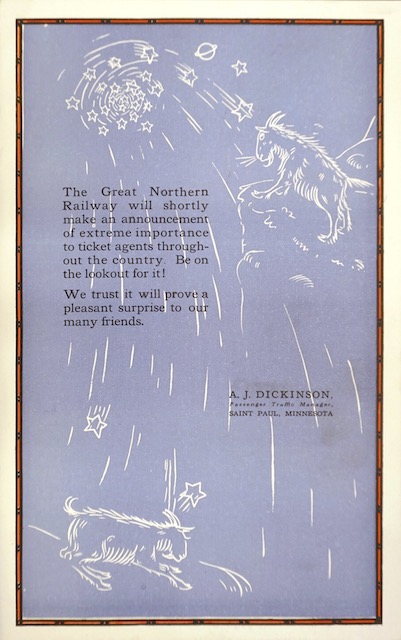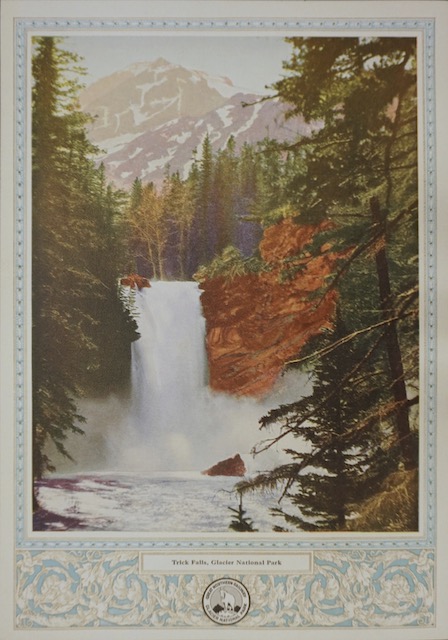We’ve previously seen a photo of one of the replicas of an Astor medal that I found on line. I’ve since acquired my own copy of one of these replicas and the photos here are much clearer.
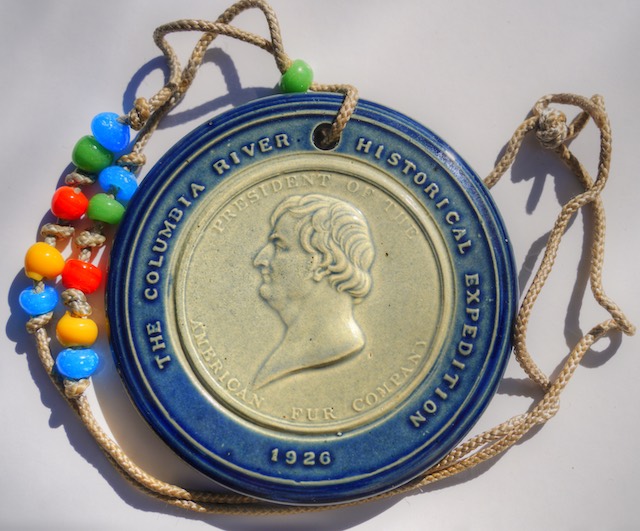
Click image for a 2.3-MB PDF of the front and back of this medal.
The original Astor medals were made in about 1832 for members of the American Fur Company working in the upper Missouri River to give as gifts to Native Americans. Only seven medals are known to exist today; five are in museums and two are in private hands, one of which has sold for more than $200,000. Continue reading
